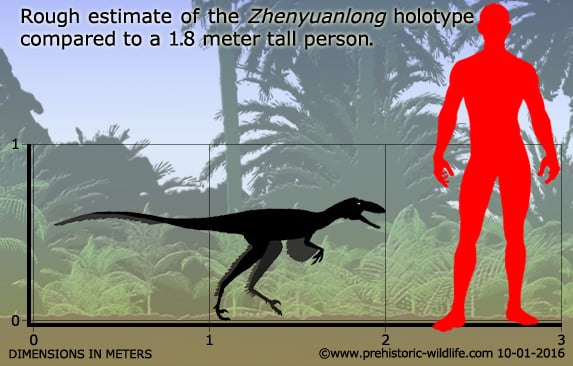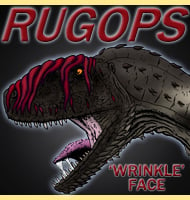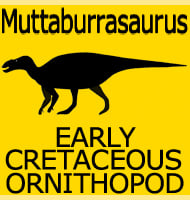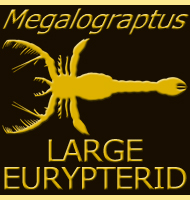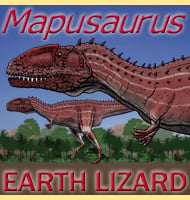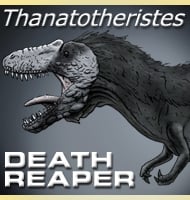In Depth
Zhenyuanlong is an interesting genus of dromaeosaurid dinosaur. To start Zhenyuanlong has some of the proportionately shortest arms in relation to leg lengths of any dromaeosaurid, and at the time of the description of the genus in 2015, only Austroraptor and Mahakala are known to have been even more extreme. The radius bone of the forearm of Zhenyuanlong is by proportion the thinnest of any previously described theropod dinosaur.
From these arms however large pennaceous feathers (the kind with well-developed quills) grew and attained lengths of over twice the length of the humerus (upper arm bone). These feathers resulted in what would have looked like a wing, however researchers are certain that Zhenyuanlong was incapable of flight. For a start on the preserved skeleton there are no attachments that support the presence of strong flapping muscles like those seen in birds, and the size and possible weight of the Zhenyuanlong holotype individual would have also made extended gliding unlikely.
The purpose of the large ‘wing; feathers was probably that of display, though it is not impossible that the wings may have been held out to improve stability and balance when Zhenyuanlong was running and cornering at speed. The rest of the body of Zhenyuanlong seems to have been covered in fluffy downy feathers that probably served and insulatory purpose, though secondarily also may have been coloured for display. One area of curiosity about Zhenyuanlong is that the rear legs don’t show the presence of large feathers similar to the arms, something quite unusual given that Zhenyuanlong has been identified as being similar to other genera such as Microraptor which do. However, the authors describing Zhenyuanlong also noted that no feathers, not even insulatory ones were preserved on the hind quarters. This raises the prospect that Zhenyuanlong either had an unusual feathering pattern, or that the hind quarter feathers on the first known individual were simply not preserved.
Zhenyuanlong is one of a growing number of dromaeosaurs that have been discovered in Liaoning Province with other genera including Microraptor, Graciliraptor, Sinornithosaurus, Tianyuraptor and Changyuraptor. It is not yet known if all of these genera coexisted at the same time as one another, yet all of them show specific specialisations, indicating perhaps a high degree of niche partitioning amongst China’s dromaeosaurids that would allow for a fairly high number of genera to co-exist in the same ecosystems. Out of these genera Zhenyuanlong is noted as being very similar to Tianyuraptor in body, while the skull of Zhenyuanlong is similar to both Tianyuraptor and Sinornithosaurus in skull form.
Further Reading
- A large, short-armed, winged dromaeosaurid (Dinosauria: Theropoda) from the Early Cretaceous of China and its implications for feather evolution. - Scientific Reports 5: Article number 11775. - Junchang L� & Stephen L. Brusatte - 2015.
